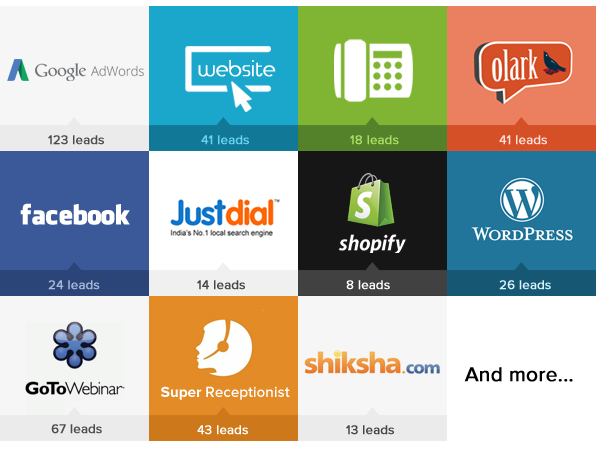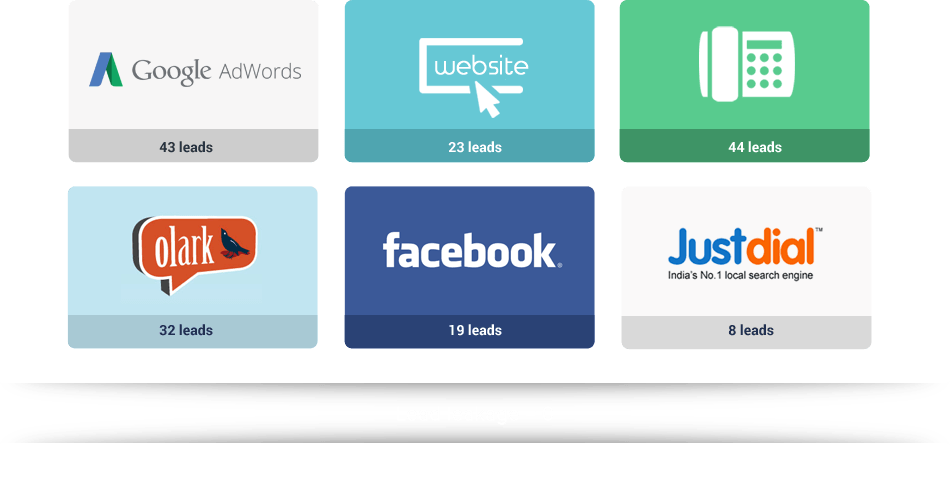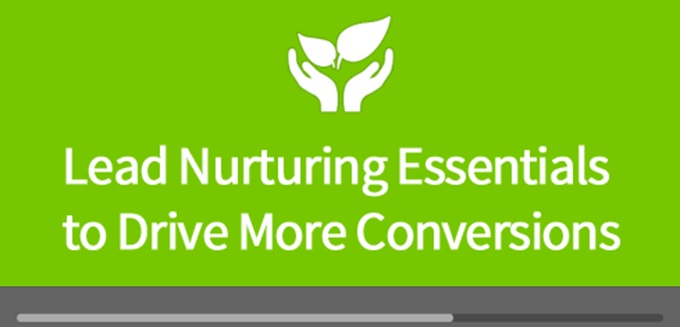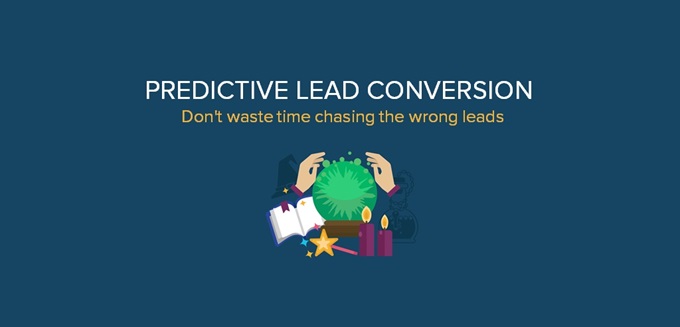In our last webinar, we were joined by experts, Sanjay Shetty and Dr. Sunitha Thampi from Asymmetrique, a marketing agency offering brand solutions to a range of clients across different industries. Sanjay and Sunitha talked about the process and science involved in accurately predicting the conversion potential of the leads businesses generate. In case you missed it, you can watch the recording here:
We have also compiled questions asked by attendees at the session and addressed them below.
Question 1
In the conversion index, would you pay more importance to the historical data or the real time data?
An equal weightage is given to both sets of data. Historic data tells us the profile of leads. However, real-time data tells us the motivation and engagement level of leads. In order to provide most relevant lead nurturing interventions, both these aspects should be approached with equal importance.
Question 2
Does Asymmetrique build a conversion index for every client?
Ideally yes. It depends on the distinctiveness of industry, product offering and availability of data. Based on that, the approach varies. For each industry, the crucial determining conversion factors may be different. Hence, the assessment parameters will also differ. Even within a particular industry, the factors may differ based on the product offering. Therefore, it is recommended to make a customized index for each client.
Question 3
How do we score a profile from new data?
The index should be revised periodically in order to be aligned with market changes. New data will get added to the historic data every day. Therefore, new data is extremely important for the periodic revisions of indices.
Question 4
How can we convert visits from our different channels (website/social media) into leads?

Landing pages are one medium and website widgets is another thing you can use to convert. There are multiple things you can do. You’ll have to identify what are the offers your visitors assign more value to. If for instance, you are trying to sell an accounting course – you can offer mock tests/papers on the subject, and put that behind a form/landing page.
Question 5
How do you determine the segmentation parameters for convertibility?
Segmentation parameters vary with industry, product offering and nature of data available. (The presentation covered some of the parameters Asymmetrique used for the education industry along with statistical variance which was explained.)
For different clients, you might have very different sets of parameters. In order to determine the segmentation parameters for convertibility, one needs to analyse and understand the historic data if available, and also have an understanding of the parameters which have been observed to affect conversion in that particular business/industry.
Question 6
How are the leads initially segmented before they are quantified?
Collect as much data as you can. In the initial phase of this process, you would go about capturing every aspect of your profile’s information which is possible.
For instance, where do the leads come in – so typically your lead data is coming in via a form which they have filled online. I’m just stating one particular instance. When you get that data, typically most people’s forms end at a simple first-page form. You get a click, you get a submit and you get a thank you page.
The second page is actually a brilliant place to capture secondary data about the customer. So your first page might capture simple information about the prospect, like first name, email id, and maybe a telephone number. And the second page which he/she hits upon after he clicks on submit asks him/her about his/her profession, education, motivation, or the interest which he/she has in your product or service.
In the first stage, go about collating as much data as you can. This simple step will help you double the qualitative information which you can gather about the customer. Unfortunately, the part after that is not that simple. The part after that actually involves the work of a data scientist – who has to go through that time, analyze it and understand and interpret that data to figure out what the motivations are of people filling up that form. You then need to go back to your historical data and compare and see. This is one way.
The second way is: you could actually look at your past data, analyze just that, figure out what are the patterns that are appealing. Is it that you are getting more people from the financial space, human resources professionals or let’s say a certain kind of professional who’s interested in your courses or is it from a certain localized area. The pattern that might emerge could be different.
In case of an educational institute, you might notice that people in and around the area constitute 80% of the audience. So people who get into your system from a different city may not be as high in terms of the score you assign to them. In our experience, we have noticed that across different clients, the parameters vary.
Question 7
How do you assign profile score?
The profile scores are assigned based on demographics. It would be different for different businesses.
Question 8
What is the basis of assigning a ‘high’ profile score as against a ‘low’ profile score based on historical data?
This is typically done by historical business insights. For example, if you know that students from a certain region or college are more likely to buy your program, then they get high profile scores. It will be different for different business or segments for the same business.
Question 9
Does microsite mean the site of the company?
Microsites generally refer to landing pages built specifically for a purpose or event. Usually, they are not the main website.
Question 10
It was mentioned in the session that lead generation these days has become relatively easier. However, lead generation is a problem for us. How can we generate leads?

For a lot of businesses, lead generation has become easier. But it is not true for all the businesses.
Lead generation requires effort and money. 92% of marketing dollars is being spent on lead generation and only 1% goes to nurturing the lead. So marketers should try and reallocate their budget and try to put some more money into lead nurturing.
Take a look at this webinar recording and ebook on lead generation offers for businesses. That might give you some ideas:
Question 11
In today’s era, how to decide as to which modus operandi would be better, using the mix of only online lead generation / nurturing / conversion vis-a-vis traditional method of sales including cold calling, etc.?
It is going to be a mix of all the channels but will be a function of the business and product you are selling. For instance, selling a product worth Rs 500 via phone won’t make sense.
Question 12
What does nurturing mean in this context?
Nurturing means keeping your leads engaged with relevant content through emails/SMSs and other marketing campaigns. This webinar post on lead nurturing should get you started:

To access our older webinar posts and recordings, go here: https://www.leadsquared.com/category/previous-marketing-webinars/









